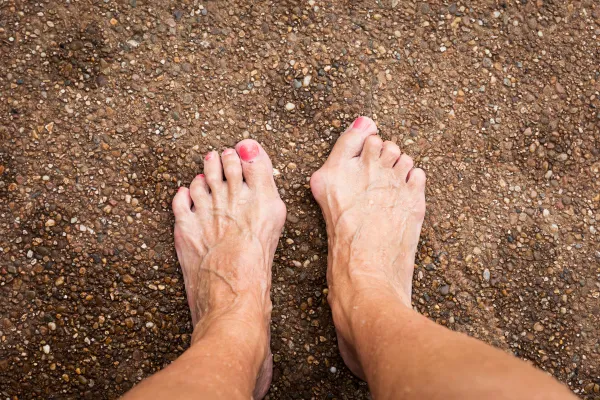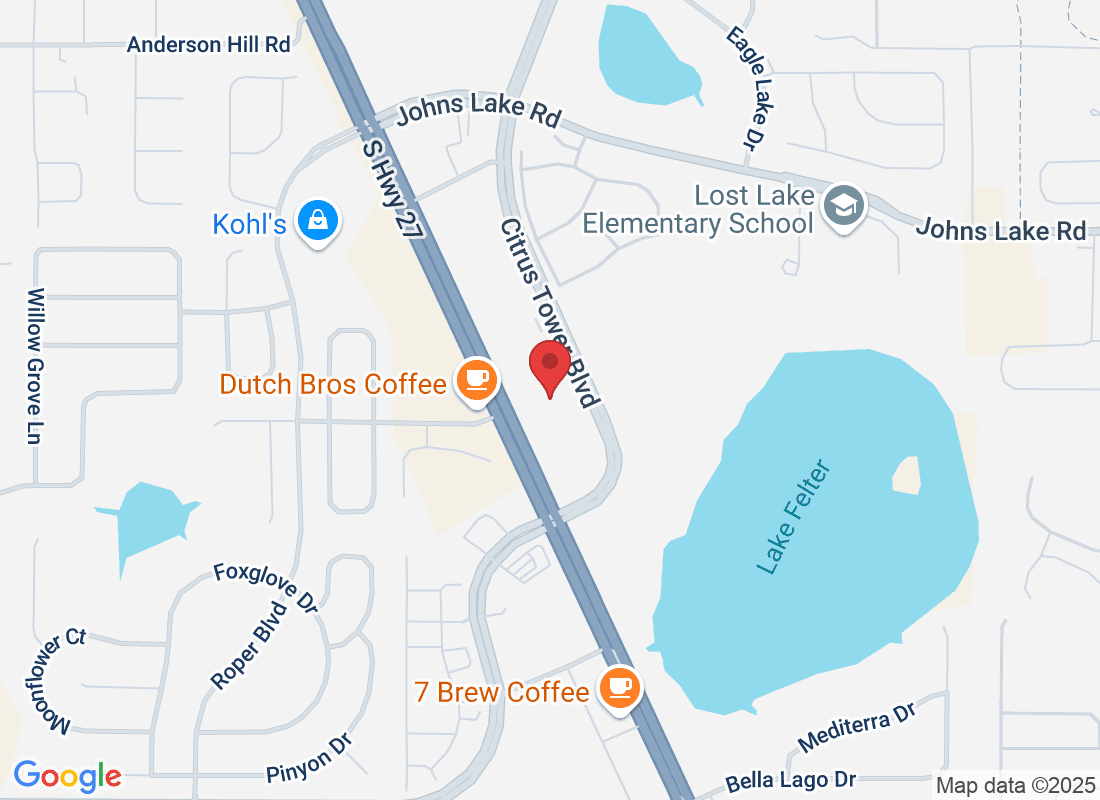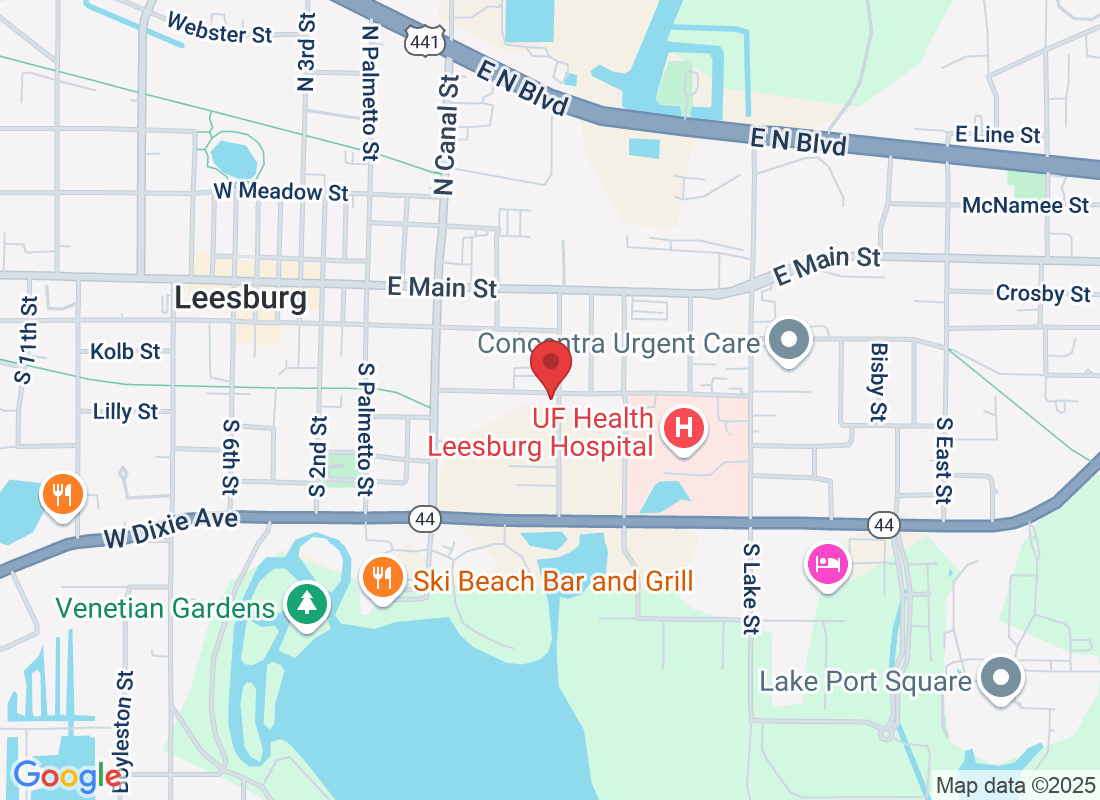
Living with Hammertoes: When to Watch and When to Treat
Ever glance down at your toes and think, “Huh… that doesn’t look right”? Maybe your toe has started curling downward at the middle joint, rubbing against your shoe and making every step a little more annoying. That, friend, might be a hammertoe—and you’re not alone.
At the Center for Ankle and Foot Care, we see hammertoes walk through our doors (literally) every week in Clermont and Leesburg. Sometimes they’re mild and easy to manage. Other times, they’re stubborn, painful, and need a more hands-on approach. Let’s dive into what hammertoes are, when to keep an eye on them, and when it’s time to take action.
What Is a Hammertoe, Anyway?
Hammertoe is a deformity that affects the second, third, or fourth toe. The middle joint of the toe becomes bent—like it’s doing a little yoga pose it didn’t ask for.
It typically starts out flexible, meaning you can still straighten it manually. But over time, the joint can become rigid and stuck in that curled position. That’s when things get trickier.
Common Causes of Hammertoes
Hammertoes don’t usually appear out of nowhere. Some of the most common culprits include:
Ill-fitting shoes (hello, narrow toe boxes)
Genetics (thanks, Mom and Dad)
Bunions or other foot imbalances
Arthritis
Injury or trauma to the toe
Muscle imbalances in the foot
Pro tip: Women are more likely than men to develop hammertoes, partly due to footwear choices. (Yes, those pointy shoes are cute—but your toes may disagree.)
When to Watch and Wait
Not every hammertoe needs immediate treatment. In fact, if your toe still bends and doesn’t cause much discomfort, we might suggest watching it for now.
Signs it’s okay to wait:
The toe is still flexible
Minimal to no pain
No corns or calluses forming
It doesn’t interfere with daily activity
If you’re in this stage, here’s how to keep things from getting worse:
Wear shoes with a wide toe box
Avoid high heels (your feet will thank you)
Use cushioned pads to reduce friction
Try gentle toe stretches
Ask us about custom foot orthotics to help realign your foot mechanics
When to Treat (And How We Can Help)
If your hammertoe is becoming more than a visual quirk, it’s time to consider treatment—especially if it’s affecting your quality of life.
Signs you should seek treatment:
Persistent pain or soreness
Toe is rigid and doesn’t straighten
Corns or painful calluses develop
Trouble finding shoes that fit comfortably
Redness or swelling at the joint
Depending on the severity, treatment options may include:
🔹 Conservative Care
Padding and strapping to reduce friction
Laser therapy for inflammation and pain
SoftWave Therapy to promote tissue healing
Custom orthotics to correct foot imbalances
🔹 Minimally Invasive Surgery
For toes that are locked into position or causing ongoing issues, our board-certified surgeons—trained in minimally invasive hammertoe surgery—can help. Many procedures can be done right in our office, without the need for general anesthesia or long recovery times.
This is a game-changer for active adults who don’t want to be sidelined for weeks.
Real Talk: Don’t Ignore the Signs
We get it. A curled toe doesn’t always scream “urgent.” But like many foot issues, hammertoes tend to get worse if ignored. Catching them early can help you avoid surgery and keep your feet happy and functional.
Ready to Tackle That Hammertoe?
Whether you’re just starting to notice a slight bend or dealing with daily discomfort, we’re here to help. At the Center for Ankle and Foot Care in Clermont and Leesburg, we offer personalized care plans that range from simple fixes to advanced surgical options.
Book an appointment today and take the first step toward straighter, pain-free toes.




